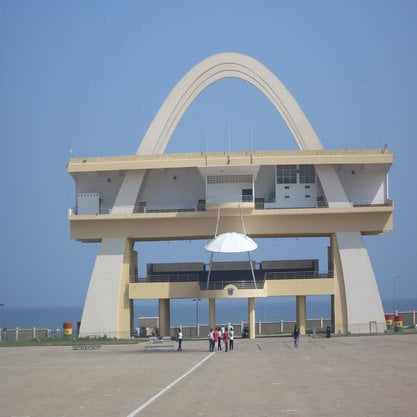Article
Laubser, Maggie (1886–1972) By Peter, Judy
Article
The painter Maggie Laubser occupies an important space in South African art history. Her evolution as an artist was greatly influenced by her initial European-style academic training in South Africa and her later travels in Europe, which included London, Belgium, Italy and Germany. Laubser’s contact with the German Expressionists from 1922 to 1924 had the most profound impact on her artistic practice. The influence of German Expressionism was readily recognized in her paintings. The naïve, apolitical and impersonal treatment of subjects in her paintings exposed her to a hostile audience at home in South Africa. In 1936, Laubser’s paintings were included in the Large Empire Exhibition; her work had become more acceptable as the South African audience grew less conservative. Her inclusion in this exhibition marked her entrance into the South African scene as an established artist. Throughout her prolific career, Laubser remained true to the rural South African landscape in paintings of farmsteads, ducks, and Cape Dutch architecture—speaking clearly of her rural beginnings in the Boland region.

